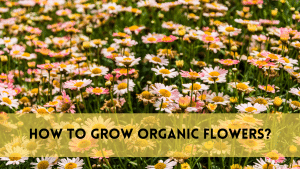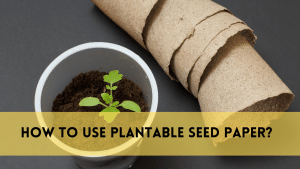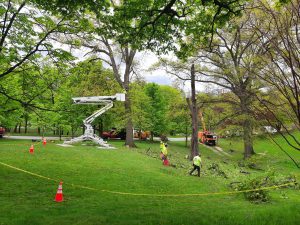Welcome to the enchanting world of Muskogee Crape Myrtle, where nature’s artistry meets resilience in a burst of floral splendor. In this comprehensive exploration, we dive into the vibrant characteristics, cultivation tips, and the captivating history of Muskogee Crape Myrtle. Let’s embark on a journey that unfolds the secrets behind this botanical gem.
| Feature | Description |
| Color | Vibrant lavender-pink flowers, sometimes with hints of deep purple. The foliage is green during the growing season and may turn reddish-orange in the fall. |
| Height | Mature height ranges from 15 to 25 feet tall. |
| Growth Rate | Moderate to fast growth rate, typically around 3 feet per year under optimal conditions. |
| Hardiness Zone | USDA hardiness zones 7 to 9. Muskogee Crape Myrtles thrive in warmer climates and may experience winter damage in colder areas. |
The Magnificent Muskogee: A Symphony of Colors
Muskogee Crape Myrtle, scientifically known as Lagerstroemia ‘Muskogee,’ stands as a testament to the marvels of nature. With its stunning panicles of lavender blooms, this deciduous shrub graces gardens, parks, and landscapes with a touch of elegance. The captivating colours, ranging from soft lavender to deep purple, create a visual spectacle that captures the hearts of both seasoned gardeners and casual observers.
Cultivation Insights: Nurturing Muskogee Crape Myrtle
Planting Guidelines for Muskogee Crape Myrtle
Planting Muskogee Crape Myrtle is a rewarding experience that requires careful consideration. Follow these guidelines to ensure optimal growth and blooming:
Choose the Right Location: Select a well-drained area with ample sunlight to encourage healthy growth and vibrant blooms.
Soil Preparation: Muskogee Crape Myrtle thrives in slightly acidic to neutral soil. Incorporate organic matter for nutrient-rich soil.
Spacing Matters: Provide adequate space between individual plants to allow proper air circulation, preventing common issues like mildew.
Watering and Maintenance Tips
Consistent Watering: Keep the soil consistently moist, especially during the initial establishment period.
Mulching Magic: Apply a layer of mulch around the base to retain moisture, suppress weeds, and regulate soil temperature.
Pruning Prudence: Prune in late winter or early spring to encourage branching and stimulate robust flowering during the growing season.
The Resilient Spirit of Muskogee Crape Myrtle
A Tale of Endurance
Muskogee Crape Myrtle, known for its adaptability, can withstand various climatic conditions. Whether facing scorching summers or chilly winters, this resilient plant stands tall, showcasing its ability to thrive in adversity.
Real-Life Success Stories
Gardener’s Delight: Lisa’s Muskogee Marvel
Meet Lisa, an avid gardener whose backyard transformed into a haven of Muskogee Crape Myrtle splendor. Despite facing unpredictable weather challenges, Lisa’s strategic planting and diligent care resulted in a breathtaking display of lavender blossoms, making her garden the talk of the neighborhood.
Historical Significance: Muskogee Crape Myrtle Unveiled
Origin and Discovery
Unravelling the historical roots of Muskogee Crape Myrtle adds a layer of intrigue to its already captivating profile. Originally discovered in the United States, this cultivar gained popularity for its exceptional beauty and resilience.
Symbolism and Cultural Impact
Throughout history, the Muskogee Crape Myrtle has symbolised various cultural meanings. From representing love and admiration to embodying endurance and strength, this botanical wonder has woven itself into the fabric of diverse traditions and celebrations.
Related Posts:
Muskogee Crape Myrtle in Contemporary Landscapes
Landscape Design Inspiration
Garden enthusiasts and landscape designers alike incorporate Muskogee Crape Myrtle to add a touch of sophistication to outdoor spaces. Its versatility allows it to seamlessly integrate into various design styles, from formal gardens to more relaxed, naturalistic settings.
Environmental Benefits
Apart from its aesthetic appeal, Muskogee Crape Myrtle contributes to the environment by attracting pollinators and providing shelter for beneficial insects. Its deciduous nature also allows sunlight to reach the ground during winter months, fostering a healthier ecosystem.
Conclusion
In conclusion, Muskogee Crape Myrtle stands as a living masterpiece, blending beauty with resilience in every lavender-hued petal. From its cultivation nuances to historical significance and contemporary landscape impact, this botanical gem has etched its place in both gardens and hearts. Embrace the allure of Muskogee Crape Myrtle and witness the magic it brings to the ever-evolving canvas of nature.




